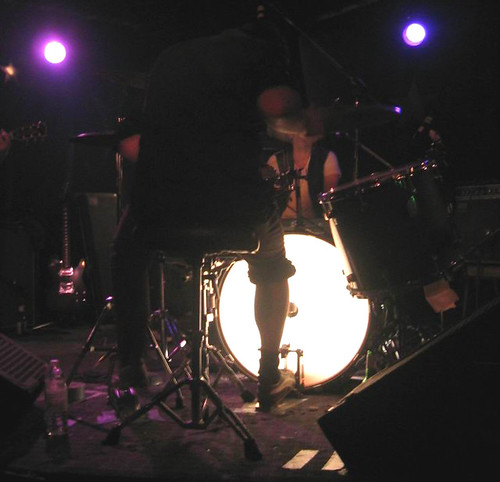Sterling Heights celebrates official unveiling of Holcombe Beach Historical Marker
Sterling #Sterling

Sterling Heights Mayor Pro Tem Lil Sierawski and Utica Community Schools Superintendent Robert Monroe were given the honor of unvieling the Holcombe Beach Historical Marker during this week’s rededication ceremony attended by city council members and representatives from the Michigan Historical Commission along with a host of other residents, historians and community leaders.
The marker in front of the Gene L. Klida Utica Academy for International Studies tells the story of the early Indigenous people in the Great Lakes region who made their home in the area surrounding the marker in Sterling Heights.
The Sterling Heights Historical Commission, in partnership with Utica Community Schools and the Michigan History Center, worked together to replace this historical marker, originally installed nearly 50 years ago, and showing signs of age.
The partners involved not only collaborated to replace the aging marker but took the care and time to update the marker’s text to better reflect Indigenous perspectives and archaeological knowledge that has been gained over time at this important site.
“The story on this marker is so important because it not only identifies a spot where our earliest residents made their home, but also helps teach our current residents and visitors about the traditions, customs, artifacts and unique identity of the society that once lived here,” Mayor Taylor said, in a news release about Monday’s event. “With Native American Heritage Month just around the corner, I can’t think of a more fitting time to unveil this new piece to our community.”
 Raine Thomas sings “The Star-Bangled Banner” before a crowd gathered Monday for Sterling Heights rededication for the Holcombe Beach Historical Marker acknowledging the Indigenous people who settled in the Great Lakes region thousands of years ago. GEORGE NORKUS – FOR THE MACOMB DAILY
Raine Thomas sings “The Star-Bangled Banner” before a crowd gathered Monday for Sterling Heights rededication for the Holcombe Beach Historical Marker acknowledging the Indigenous people who settled in the Great Lakes region thousands of years ago. GEORGE NORKUS – FOR THE MACOMB DAILY
In 1961, Michigan archeologist James Fitting discovered spearheads and bone fragments on this site, unearthing early Indigenous artifacts. Radiocarbon tests determined these items to be more than 12,000 years old. It is believed Indigenous people tracking game spent time at this site which, at the time, is believed to have been the shore of ancient Lake Clinton which shrunk back to what is known today as Lake St. Clair.
“Utica Community Schools takes pride in being the home to such a historical landmark in our state’s history,” said Utica Community Schools Superintendent Robert Monroe. “It is very appropriate that this early Indigenous settlement is now a site where thousands of students have prepared for their futures. We are truly a community that celebrates its past while being focused on a vibrant quality of life for the next generations.”
Also excited to see the historical marker recognizing some of the area’s earliest residents some 12,000 years ago were members of the Sterling Heights Historical Commission.
“I hope current and future generations of residents will be inspired to learn more about the rich history of Sterling Heights at sites like this and our Upton House Museum,” said Historical Commission Chair Bryan Wojciechowski. “Thanks to our partners at the Michigan History Center, Utica Community Schools, and the City of Sterling Heights for helping us bring this piece of history to life.”
“This marker’s acknowledgment of the ancestors who once lived here is particularly important to Anishinaabe and other tribal members who remain part of Michigan’s present and its future,” said Michigan History Center Director Sandra Clark.
 Dharamjit Madahar, left, and Jose Lorenzo Mendez plant spring bulbs in the earth surrounding the Holcombe Beach Historical Marker. GEORGE NORKUS – FOR THE MACOMB DAILY
Dharamjit Madahar, left, and Jose Lorenzo Mendez plant spring bulbs in the earth surrounding the Holcombe Beach Historical Marker. GEORGE NORKUS – FOR THE MACOMB DAILY
Sterling officials and historians who worked to make this happen believe that commemorating and preserving their cultural heritage will help to forge a stronger sense of identity and belonging in the future. Connecting people to their roots allows them to appreciate the diversity of cultures and histories, fostering tolerance and understanding.
In addition, sites like these can contribute to the local economy by serving as a small roadside attraction, drawing people into a community.
“The Center and the Michigan Historical Commission appreciate the community’s work to expand the collective story told by the more than 1,800 markers found all across the state of Michigan,” Clark said.
The Holcombe Beach Historical Marker can be seen in front of the Gene L. Klida Utica Academy for International Studies at 37400 Dodge Park Rd, in Sterling Heights.